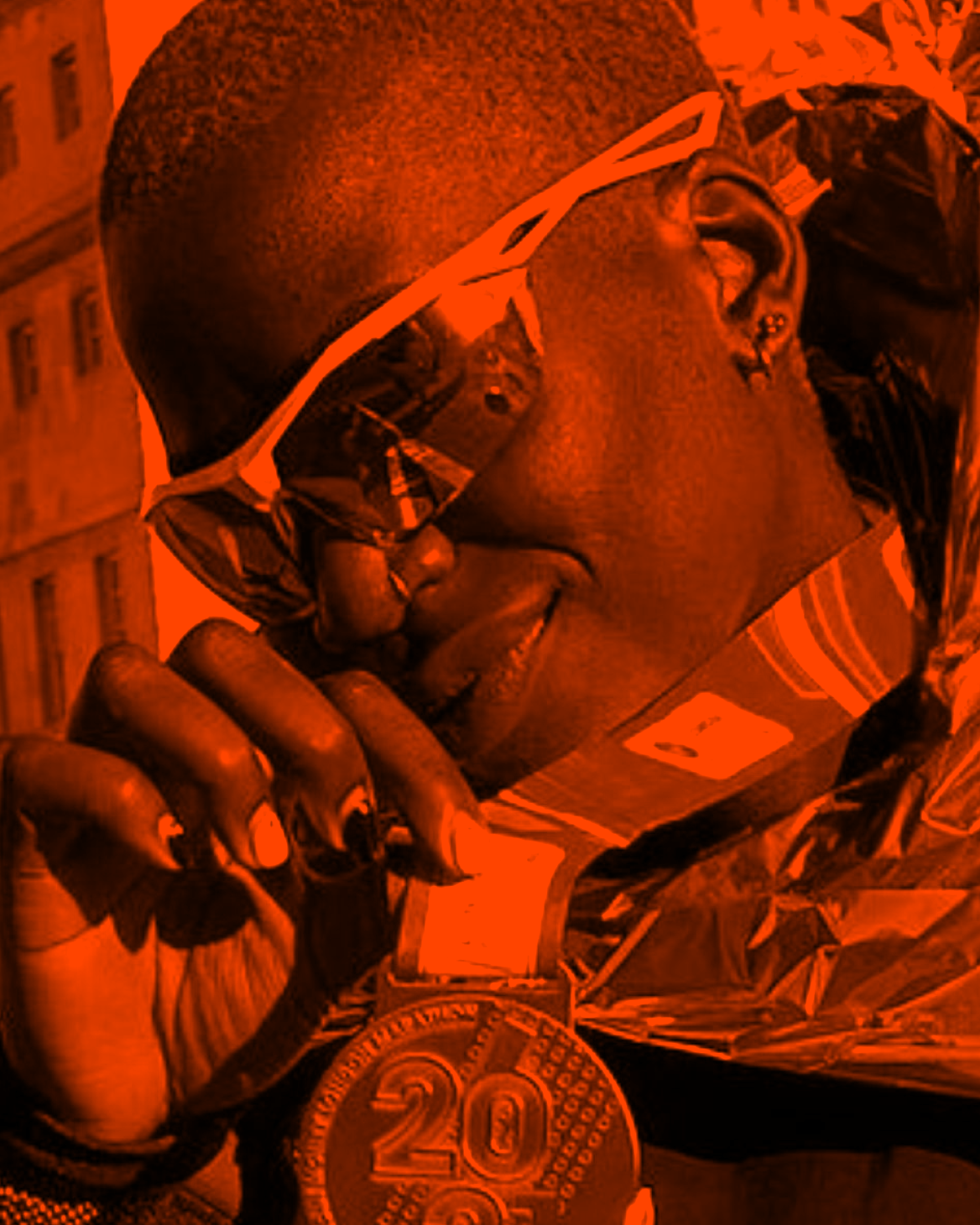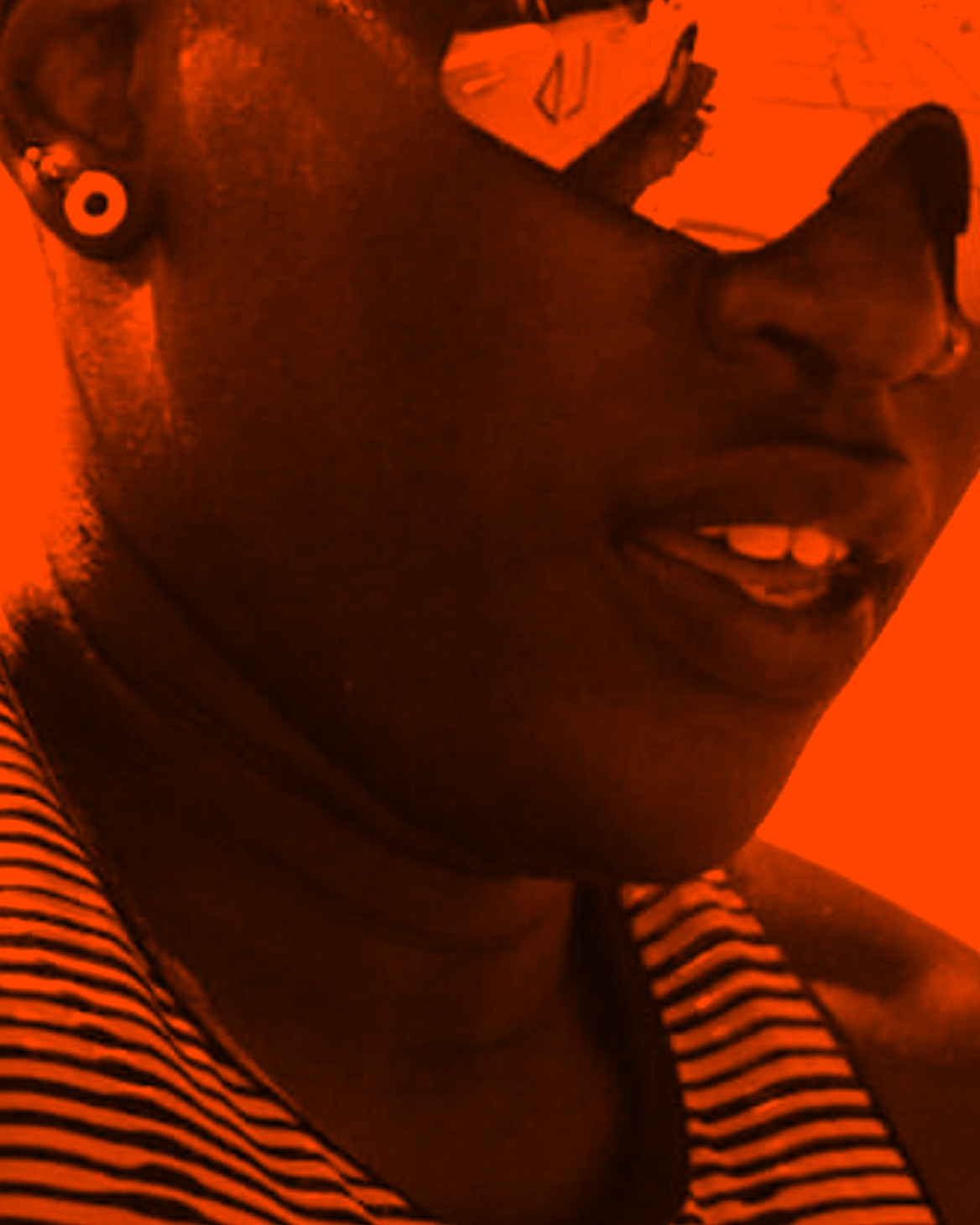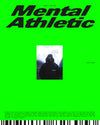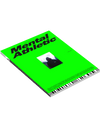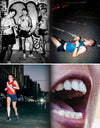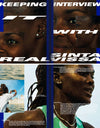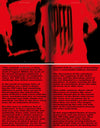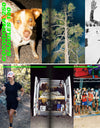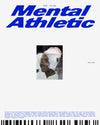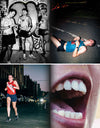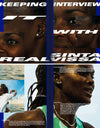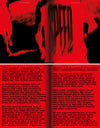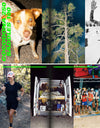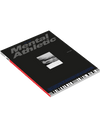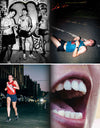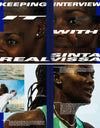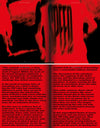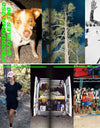Run & Shine: Dora’s Way
INTERVIEW WITH DORA ATIM
Dora Atim started her professional life as a teacher but became frustrated with the inflexible
curriculum and the reluctance for change. She then turned her hand to her other passion,
which is helping others find enjoyment through sport.
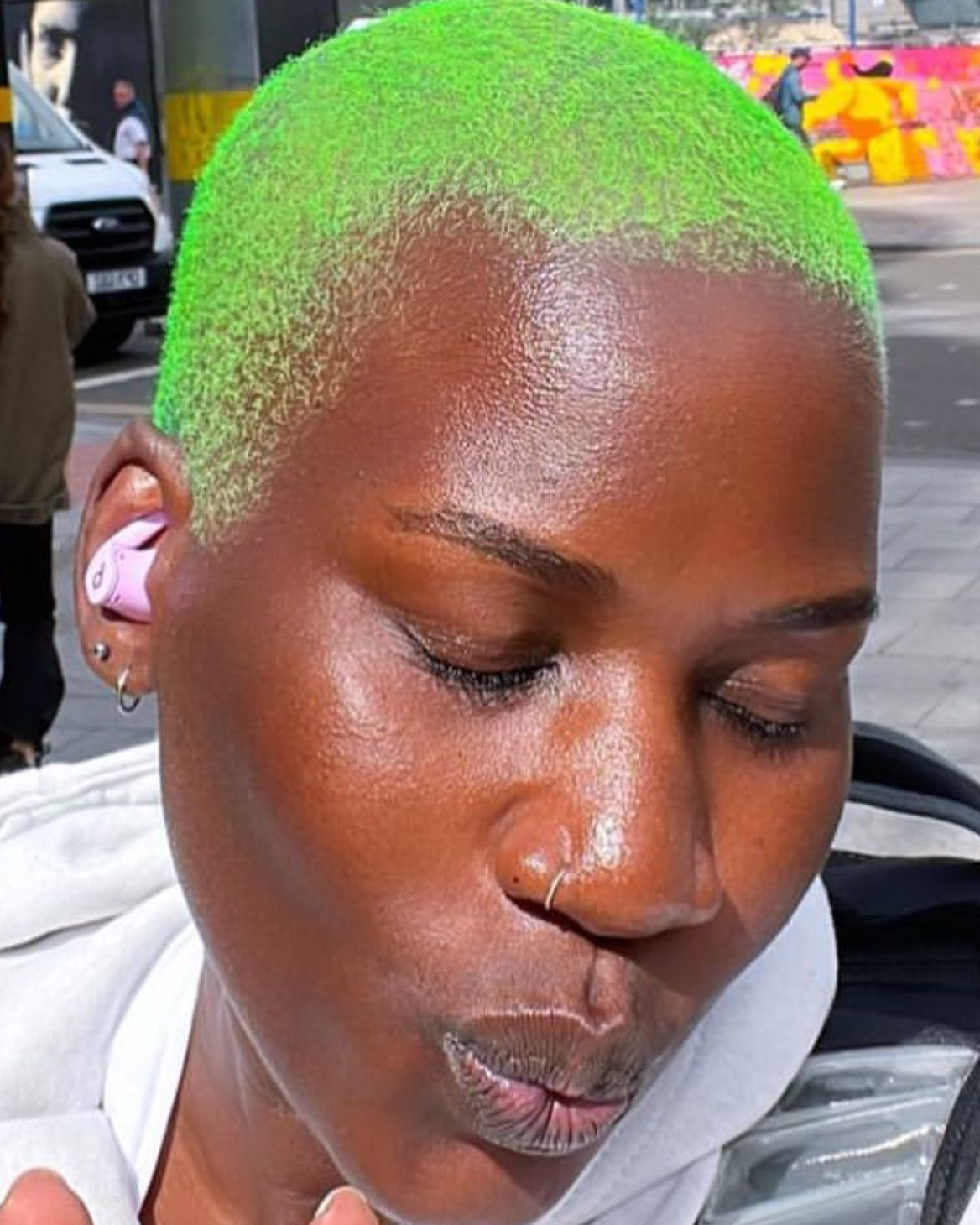
Mental Athletic: What we see in you is a strong attitude, an icon who inspires the new generations.Tell us something about you and your vibe.
Dora Atim: I have never been into running as an athlete, when I came into it in my 20s I just wanted to do something that’s good for me. I started thinking how can I do it and make people around me do the same? I love the way running, culture, music, creativity come together, and I wanted to do it in my personal running. I love house music, I used to rave 3-4 times a week, and now I can’t run without music. I don’t care what the people say. “You should listen to the sound of nature”, I don’t want to. I want to listen to my music and look at nature! That’s just how it works for me. And then when it comes to my outfit, I like to stand out. When I rave I always look my best. I don’t want to compromise my style and identity. I don’t want to look boring just because I’m supposed to wear something functional.
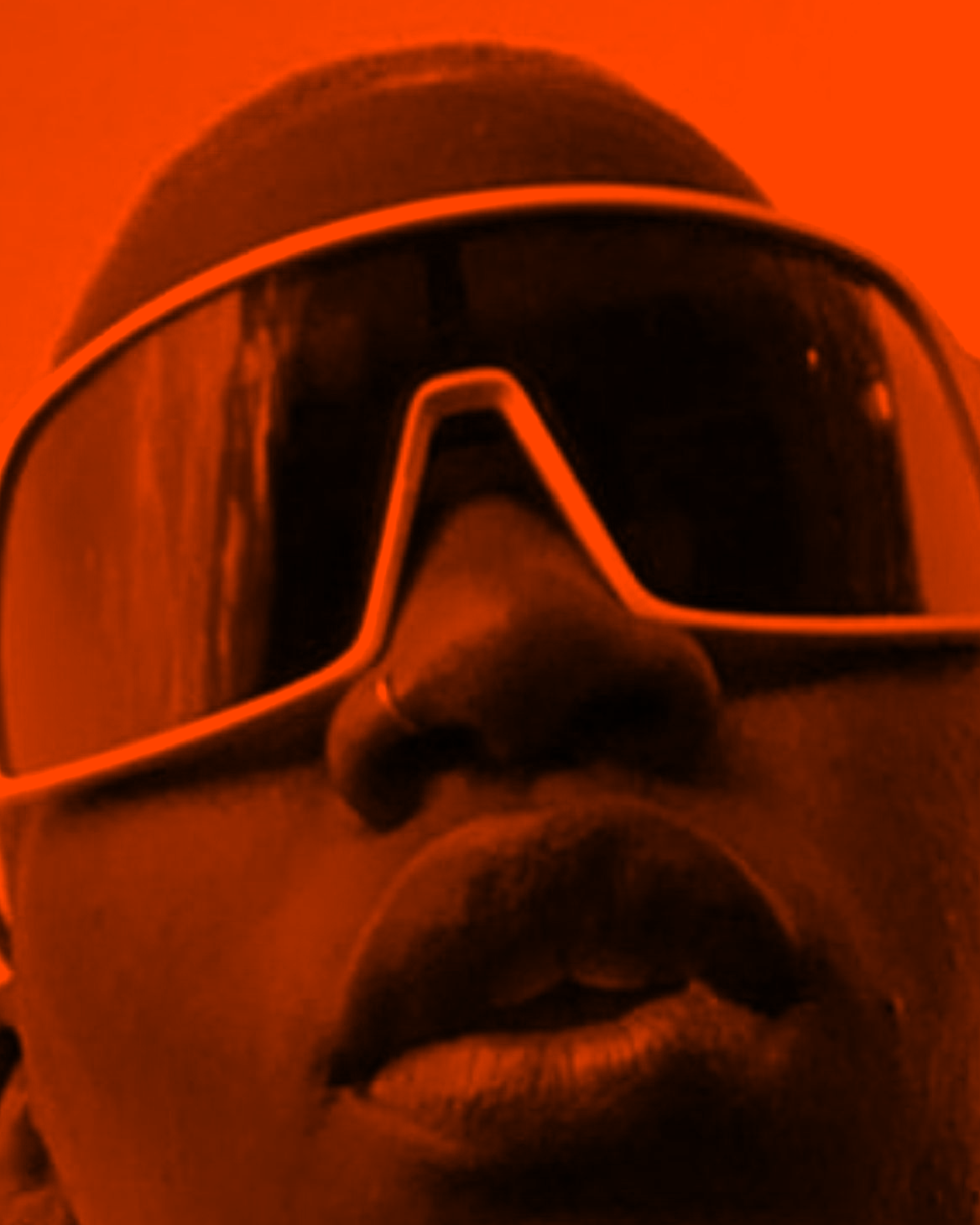
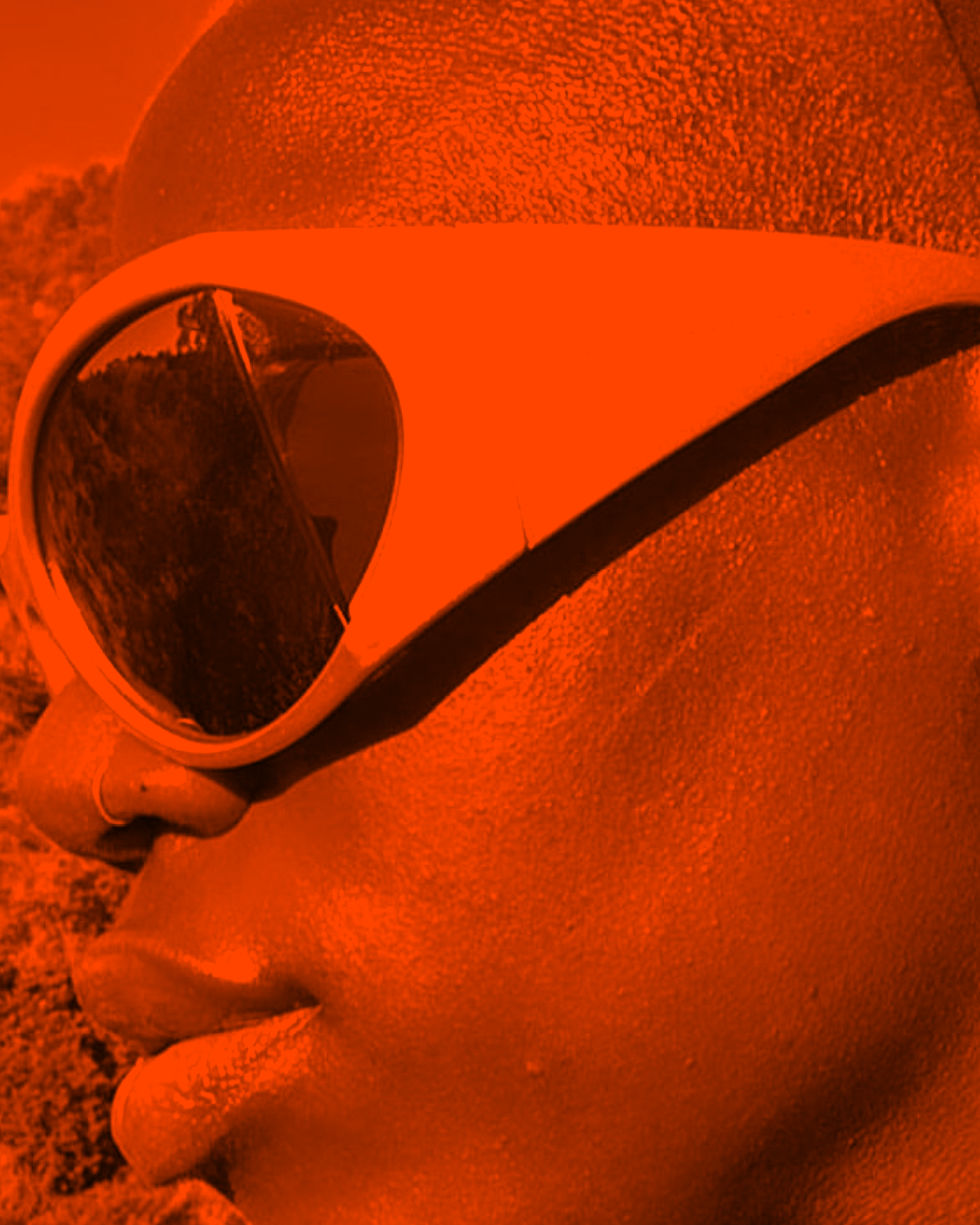
MA: Who inspires you?
DA: Dennis Rodman is my number 1 inspiration. That man is an absolut icon, how he used to dress for the basketball court, that GQ interview where he was literally in a skirt, orange hair, non silver glasses (I actually recreated that look). You could tell he’s got such a creative mind, that’s what made him a great talent. And also his talent. Also Lady Gaga! Like, she’s incredible. The way she used to do her music video blew my mind. Imagine being that kind of person in the running scene, the one who always breaks barriers in terms of how I present myself, being unapologetic. My attitude to sport, my attitude to running, community building. All of that.
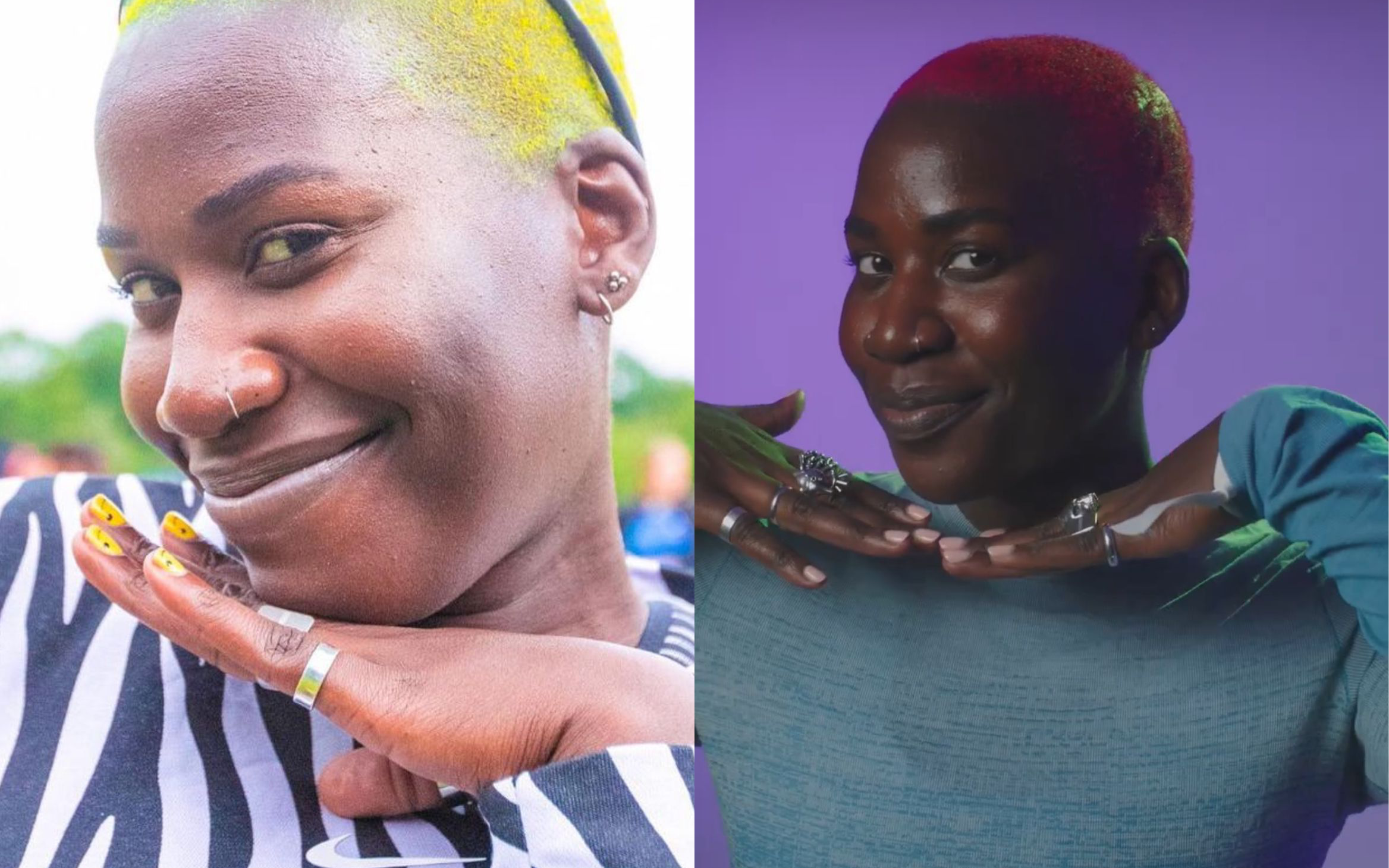
MA: When talking about sport a lot of people are “conservative”. The role of a media is to educate on self expression, how do you see that?
DA: My self expression is just out there. I used to think that I had to tone it down if I worked with brands, as if you don’t want to look the way you look. If people don’t like it then they can find something else. I’m still Dora, I still have to exist. I am my own hairdresser, I want to stand out. I don’t follow people’s trends and strategies. The right people will rock with me.
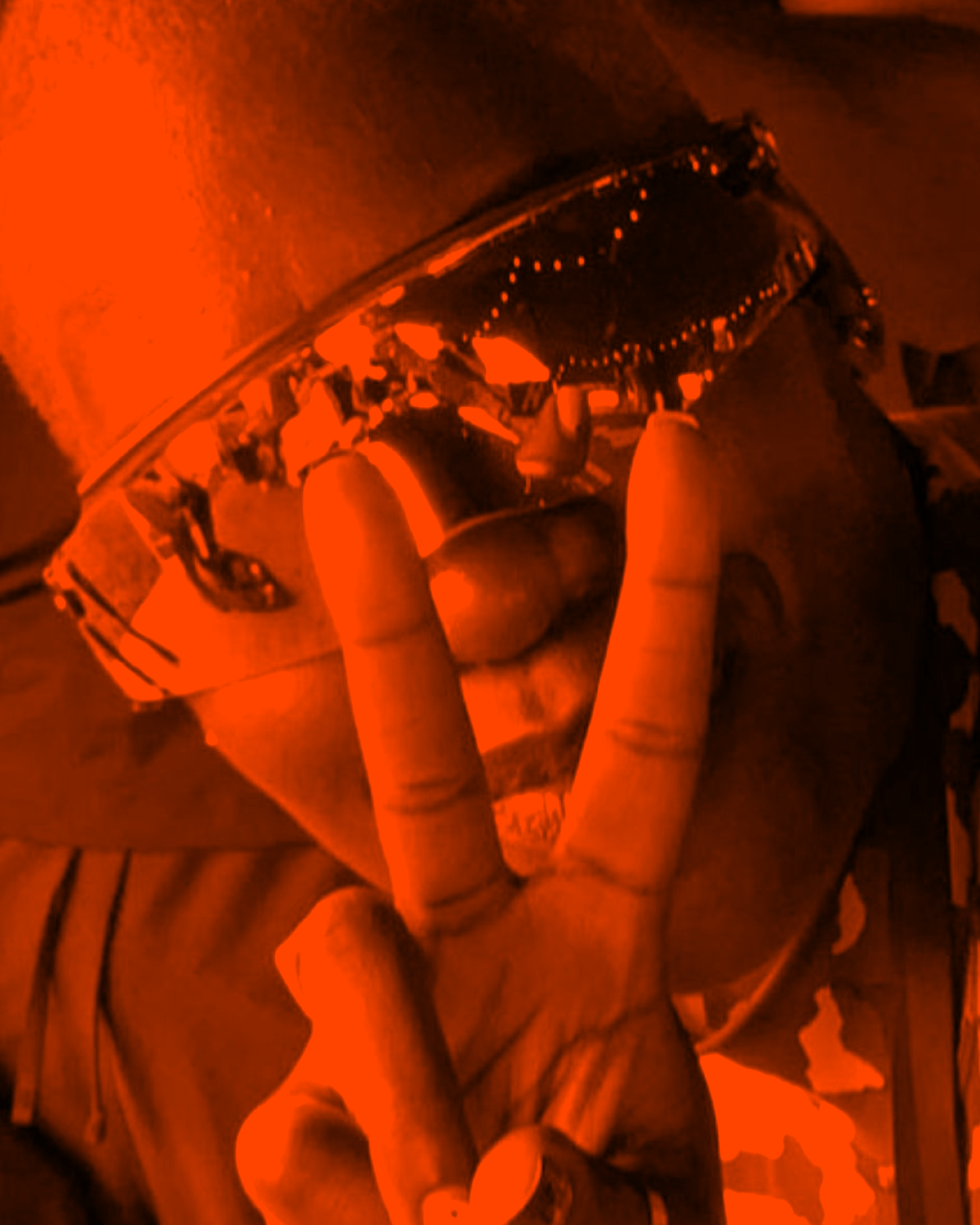
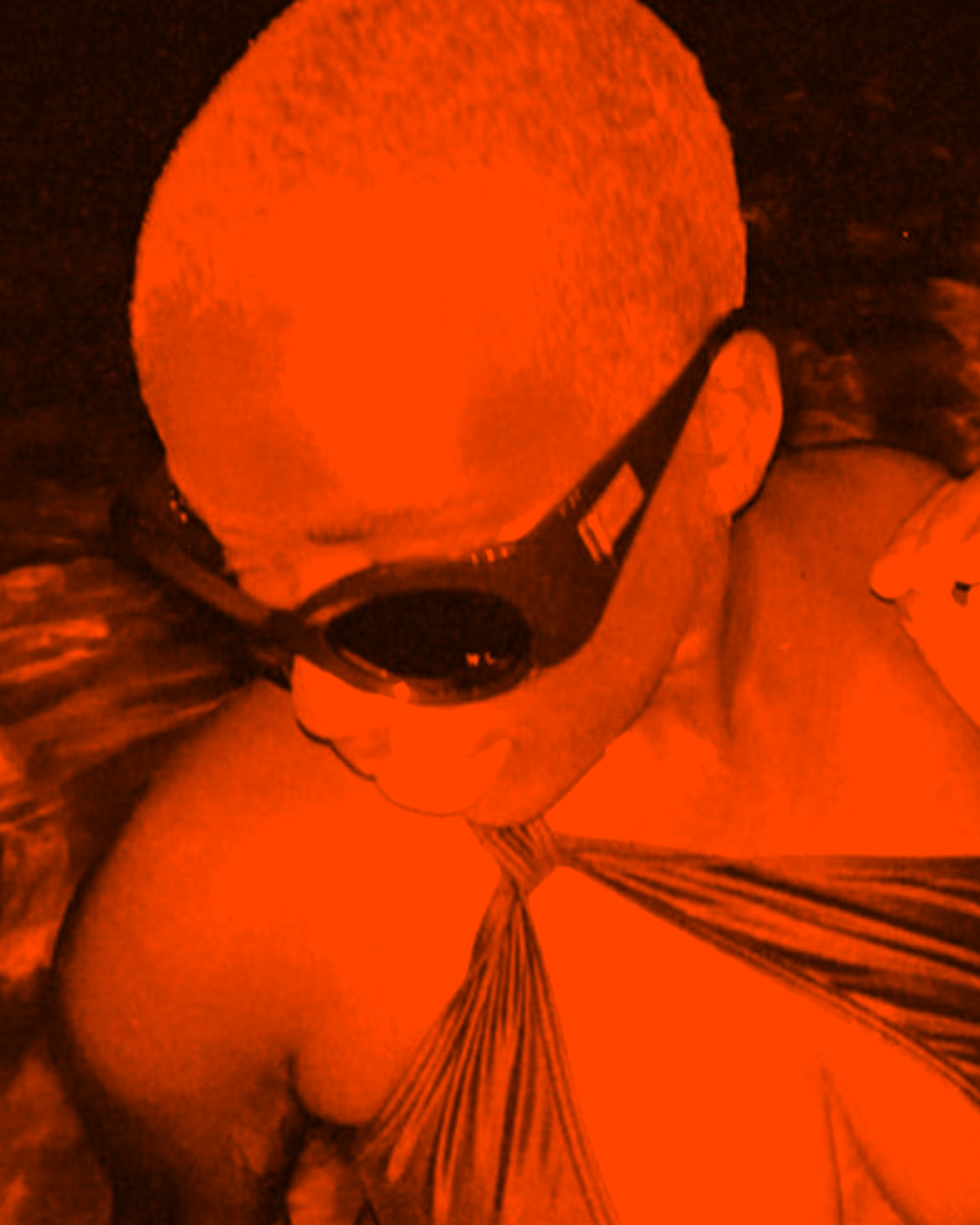
MA: Nike is probably the first that tried to push the boundaries of expression beyond sport, relying much on community. How do you work to create something that is different?
DA: I love how Nike is so daring to do things. After coaching football I started running, and I wanted to enter that world and help out with new projects. I had a long relationship-building phase with Nike then I got an invitation on a trip to Switzerland. They then told me I was gonna host the trip. I love people, I was there to make sure they knew what they were doing and had a good time, so after that I just became coach Dora. Some people have community, some people have consumers. There’s people who foster one another and have a relationship with the brand, saying what can be improved and then the brand actually listens. And take actions that’s community. WIthout a brand, communities will always grow and be amazing, I have a community but the people… I want them to be it and feel like they have a safe space.
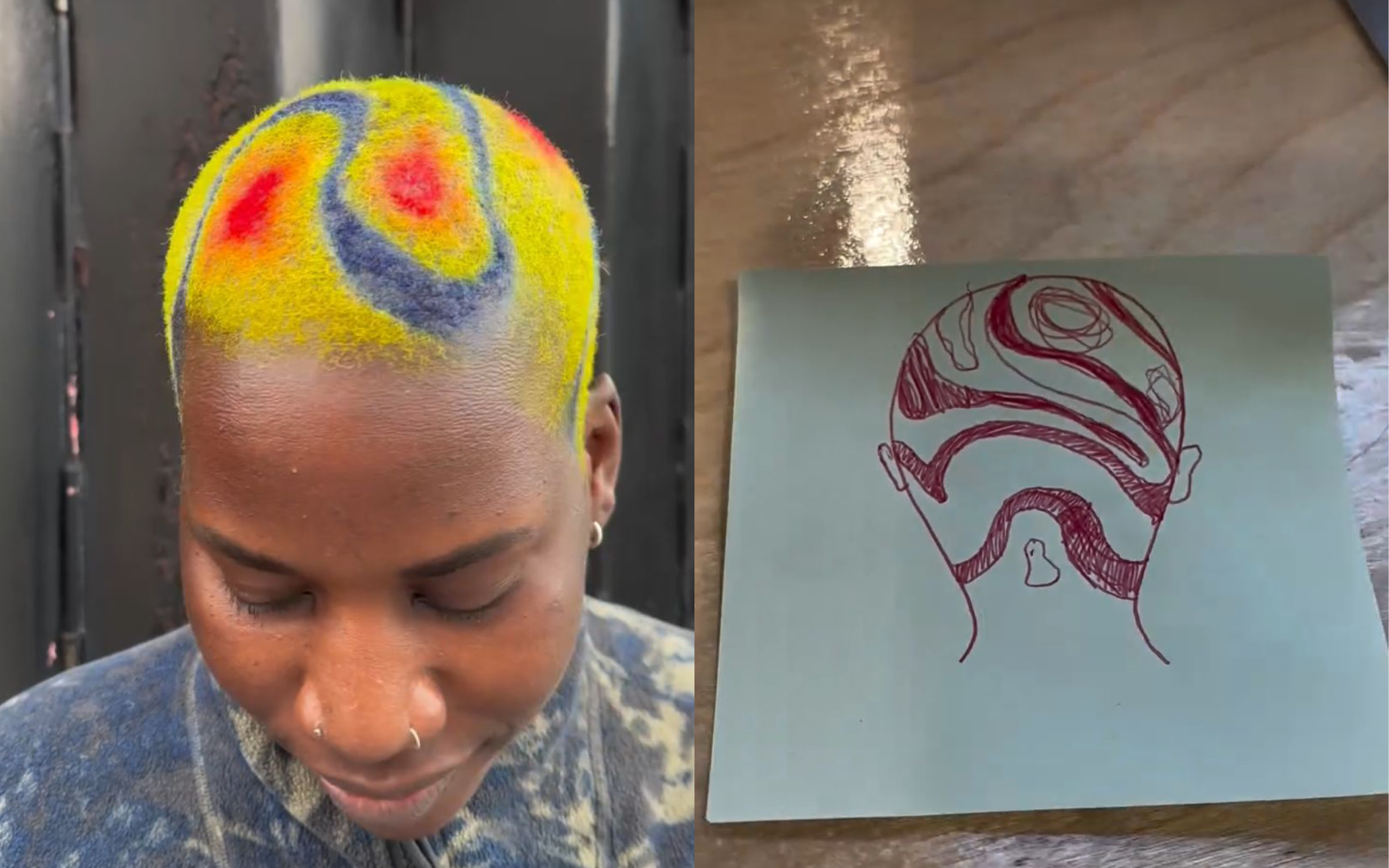
MA: What’s the situation of women - not only in daily life - but in sport nowadays?
DA: I have a community just for women and non-binaries, there’s so many topics to talk about. First thing is barriers in sport: the perception of running is “I have to be fit to enjoy you guys”. I believe the key is listening, when making decisions on girls and women, if no one listens to them, making impactful decisions is odd. Even when I worked with running coaches, mostly were men. They know how to coach but they don’t know how to cater for me as a woman. Years ago I asked a coach to go easy on me because I was on my period and he was like “why would I do that?”. The point is who is making decisions, why decisions are made and who are we speaking to? When wanting to create communities for women, who is creating it and why? How is it gonna be a benefit for a woman? Brands do women campaigns and stuff, how is it caring for them? Race organizers be like “we’re gonna have a women's race” but then they get sent to the back because they are slower Another topic is women’s coverage in sport: a while ago I was watching the Amsterdam Marathon online and there was barely any coverage of the women’s elite race. I was watching all the men, which is great, but you can’t progress women in sport if you can't even view it, you know? We talk about empowerment but no one is actually empowered.
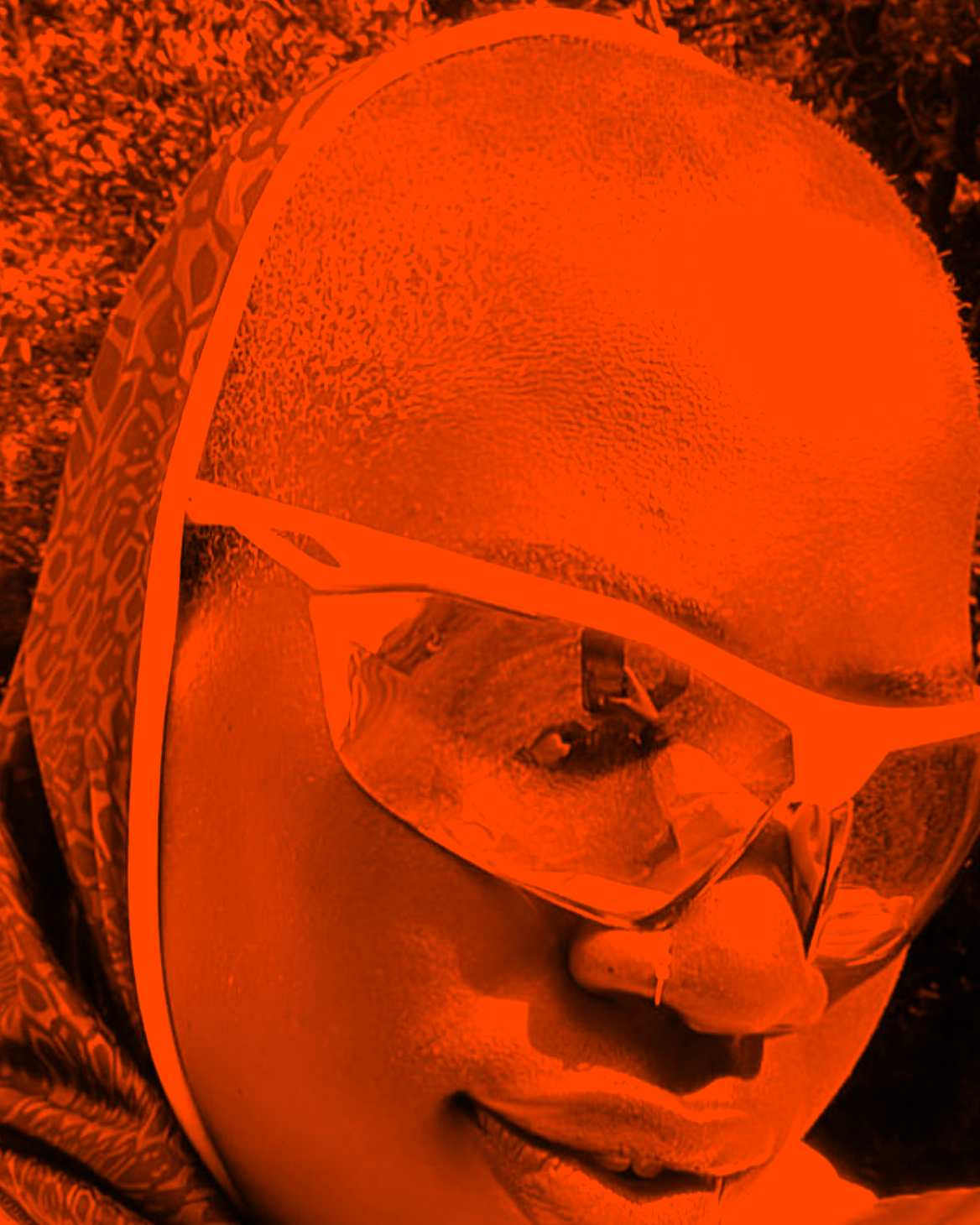

MA: You created an aesthetic - the Dora Aesthetic. What’s your path?
DA: I like the Dora Aesthetic, I’m gonna use it! I actually always thought I wasn’t fashionable because I wore clothes that were so crazy. My hair’s always homemade and inspired by different things in my life, from the Nike Alpha Fly Volt color to one of my favorite ice cream’s pattern. And I never studied fashion, I studied children's education and then sports.
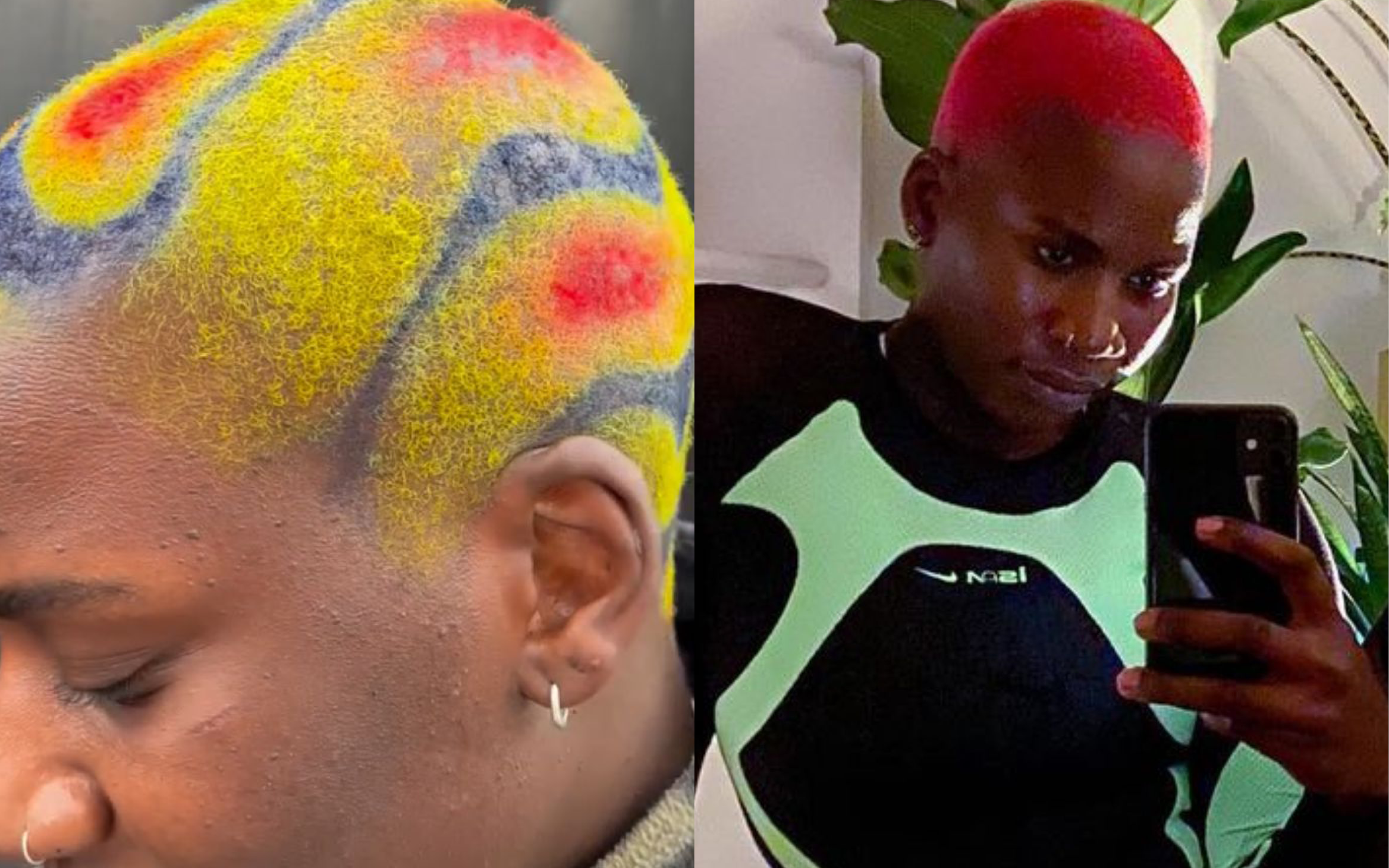
MA: Food is culture. Do you have any recommendations or special places?
DA: I loved to cook, as a child I grew up with all the women of my family who taught me how to cook Ugandan dishes. But growing up the process was too long, and luckily all the people surrounding me love to cook. I manifested these people in my life and I love to eat what they prepare. I am rarely in a restaurant, but probably a part of the Dora Aesthetic is there’s no Dora without tiramisù. I need it several times a week. I spent some time in Italy years ago and went around tasting different people’s tiramisù, someone gave me their nonna’s recipe so I’m really fussy about it. I also have a tiramisu community on Instagram and everyone sends me from different cities around the world. There’s one place in South West London called “La Mia Mamma”, they have an incredible tiramisù. Someone’s nonna literally comes out in an apron and serves you one.
